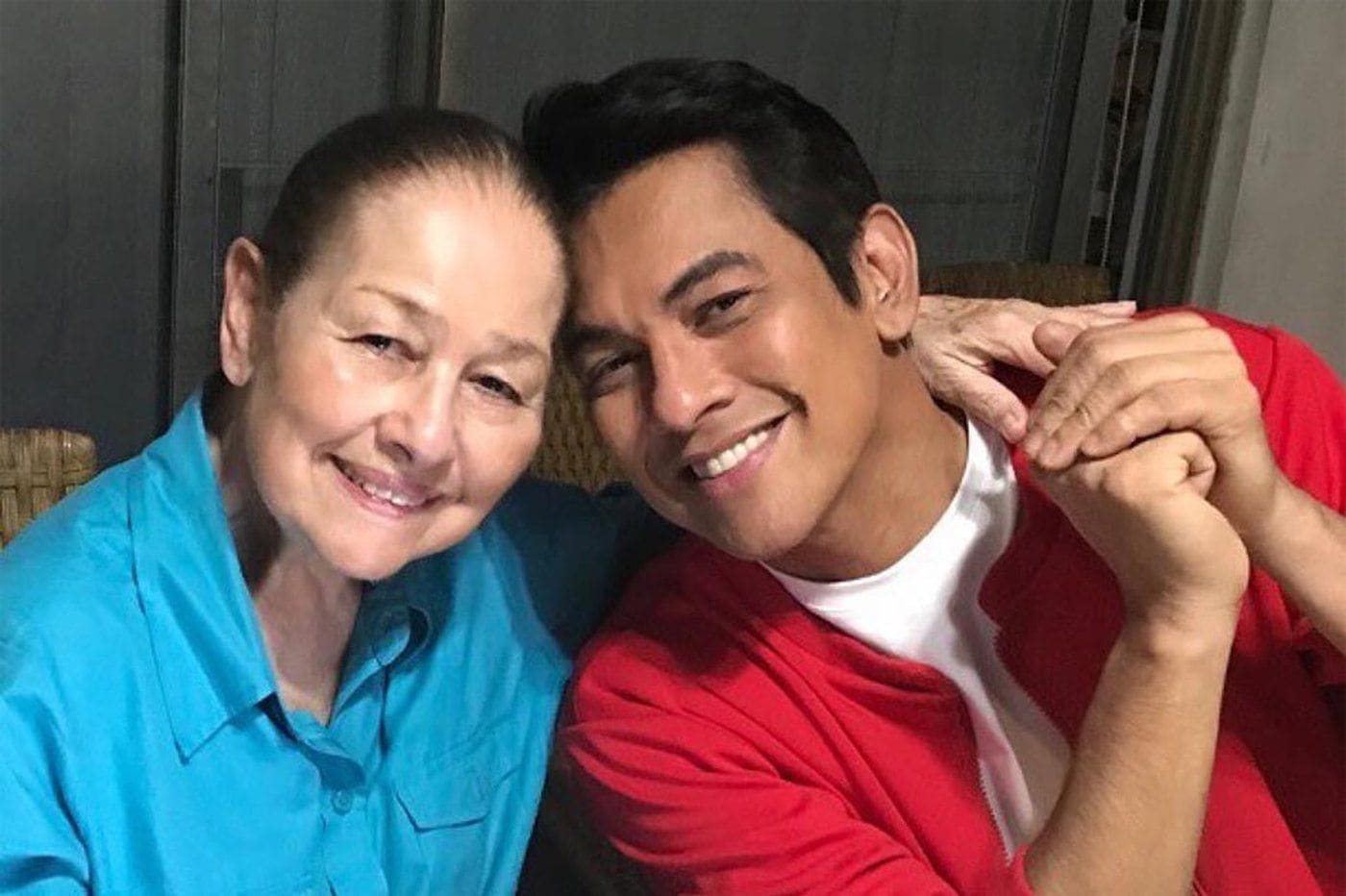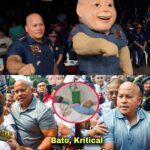SHOCKING VIRAL VIDEO CLAIMING GARY VALENCIANO’S DEATH EXPLODES ONLINE, SPARKING TEARS, OUTRAGE, AND MASS PANIC—BUT WHEN THE REAL TRUTH EMERGED, IT WAS FAR MORE UNBELIEVABLE, REVEALING A DARK SECRET BEHIND THE THREE-MINUTE HOAX THAT ROCKED THE ENTIRE PHILIPPINES
When the first whispers began to spread across social media, nobody expected the chaos it would unleash. On a quiet Thursday afternoon, Facebook feeds and TikTok timelines suddenly flooded with one chilling headline: “Gary Valenciano Dead at 60.”
A three-minute video—sloppily edited but disturbingly convincing—showed a blurred hospital bed, flashing red sirens, and a somber voiceover claiming that the beloved OPM icon, known to millions as “Mr. Pure Energy,” had succumbed to cardiac arrest. Within minutes, hashtags like #RIPGaryV and #GoodbyeMrPureEnergy trended at the top of Philippine Twitter. Fans cried, media outlets scrambled, and an entire nation held its breath.
The Shockwave of Panic
For decades, Gary Valenciano has been more than just a singer. To millions, he is a beacon of hope—a man whose faith, resilience, and music carried Filipinos through heartbreaks, storms, and even pandemics.
So when the rumor of his death spread, the response was visceral. Fans uploaded teary-eyed tributes. Old concert clips resurfaced, with captions like “Thank you for the music, Gary V.” Even celebrities chimed in, with one actress tweeting: “Can’t believe this. Rest in paradise, Kuya Gary.”
Within an hour, more than half a million Filipinos had shared the hoax. International blogs picked it up. Some even published premature obituaries. The nation was mourning—until the man himself, very much alive, took to social media.
The Twist Nobody Saw Coming
At exactly 8:45 PM, Gary Valenciano went live on Instagram. Smiling, energetic, and clearly breathing, he greeted his fans with the words:
“Hi everyone. I don’t know what you’ve seen, but let me tell you—by God’s grace, I’m still here.”
The livestream exploded. Comments flooded in: “WE LOVE YOU, GARY!” … “OH MY GOD, I WAS CRYING!” … “WHO STARTED THIS HOAX?!”
In a single instant, hysteria turned into relief—and then fury. Who would dare fabricate the death of one of the country’s most beloved figures? And why?
The Anatomy of the “3-Minute Death Hoax”
Investigators soon traced the video back to an obscure YouTube channel notorious for “breaking news” that often turned out to be fabricated. The motive? Clicks, shares, and ad revenue.
The three-minute clip had been uploaded with sensational keywords designed to fool algorithms. The channel gained tens of thousands of subscribers overnight. Its owner reportedly earned thousands of pesos within hours as the video racked up millions of views.
But there was something darker at play. Sources revealed that the video wasn’t just a sloppy cut-and-paste job—it contained snippets of real hospital footage stolen from unrelated patients, spliced with Gary Valenciano’s concert clips to create the illusion of authenticity.
This revelation sparked outrage not only among fans but also within the medical community. A viral hoax was one thing; exploiting private hospital footage was another.
Tears, Rage, and Lawsuits
By the next morning, Gary V’s management team announced legal action against the creators of the hoax. Netizens demanded accountability, arguing that such reckless disinformation could have caused heart attacks among elderly fans, or pushed vulnerable individuals into emotional breakdowns.
“Imagine the trauma of waking up to the news that your idol, who has inspired you for decades, is suddenly gone—only to find out it was all a lie,” one fan lamented.
Others were furious at how quickly mainstream media picked up the story without verification. “Journalism is dead,” one viral tweet declared. “They just copy whatever’s trending, even if it’s fake.”

The Hidden Secret That Made It Worse
But then, just when people thought the story was over, another layer of shock emerged. Insiders revealed that Gary Valenciano had, in fact, been hospitalized weeks earlier for a routine medical procedure. While not life-threatening, it had left him temporarily weak.
According to whispers from people close to the family, the hoax creators may have gotten wind of his brief hospital stay—and used it as fuel to make their fabricated story more believable.
That detail changed everything. Suddenly, fans weren’t just angry at the hoaxers—they were worried. If Gary V had indeed been unwell recently, what was the real state of his health?
In his Instagram live, Gary admitted to the hospital visit but reassured fans: “I’ve faced health battles before, but I’m not going anywhere yet. God still has plans for me.”
A Nation Reflects
The saga of the “3-Minute Death Hoax” quickly became more than just a story about misinformation. It turned into a mirror reflecting the dangers of a hyperconnected world where a single video can send millions into panic within seconds.
It raised hard questions:
Why are people so quick to believe unverified news?
How much responsibility should platforms like Facebook and YouTube bear when lies spread faster than truth?
And what does it say about our hunger for drama, that a death hoax can attract more attention than a real concert performance?
Gary V’s Graceful Response
Despite the chaos, Gary Valenciano responded with the grace that has defined his career. Instead of anger, he offered forgiveness.
“To whoever made that video,” he said, “I pray that you find peace. But please, let’s use our platforms to uplift, not to destroy.”
His words, calm and compassionate, reminded Filipinos why he remains a cherished figure. Even in the face of lies, he chose faith over fury.
The Aftermath
Authorities have since cracked down on the hoax channel, demonetizing its content and threatening further penalties. Meanwhile, Gary’s fan base has only grown stronger, rallying around him with messages of support, gratitude, and love.
In the weeks that followed, Gary turned the ordeal into an opportunity. He announced a new benefit concert titled “Still Alive, Still Pure Energy”—a celebration not only of music but of resilience against lies.
Tickets sold out within days.
Conclusion
What began as a cruel hoax ended as a powerful reminder of both the dangers and the beauty of the digital age. Lies may spread like wildfire, but truth—and the love of millions—can burn even brighter.
Gary Valenciano is alive. And perhaps more than ever, he is a symbol of survival, hope, and pure energy.







